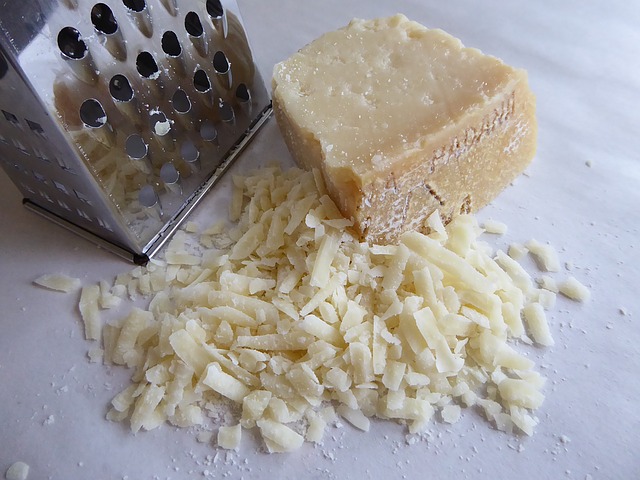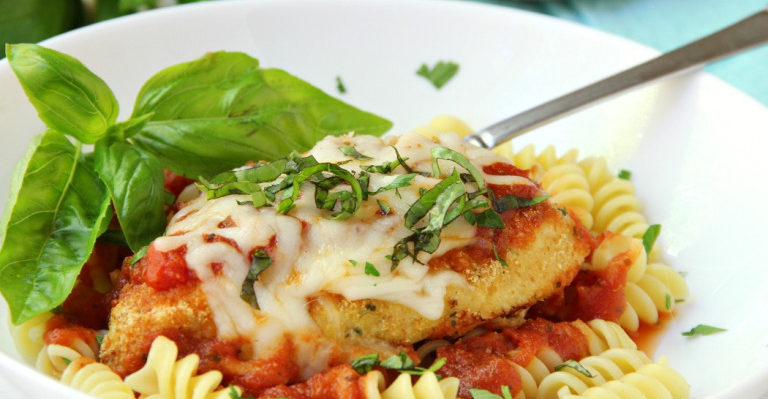By Bob Lipinski
I enjoy using cheese as an ingredient in cooking, and its texture, flavor and color adds another dimension to the finished dish. Cheese can be added in chunks, diced, or even shredded to food at the beginning, middle or even end of cooking. You can fry, bake, or broil cheese; add it as an ingredient to many of your favorite recipes or make an incredible grilled cheese sandwich.
 Some of my hints for cooking with cheese are…
Some of my hints for cooking with cheese are…
- Bring cheese to room temperature before use in cooking.
- When melting or blending cheese into a recipe, use a low temperature for a short period. Cheese is high in protein and prolonged cooking or cooking over high heat will cause the cheese to separate and result in a stringy, tough, somewhat rubbery product. When used in the oven, never exceed 375°F. or the cheese will break down.
- Hard cheeses can tolerate higher temperatures than soft cheese because more of the protein has been broken down into small, less easily coagulated fragments.
- A double boiler keeps the heat moderate, thus avoiding a hard, stringy mess.
- Do not add cheese too soon during cooking; it may curdle or melt away to a stringy mess.
- To prevent cheeses such as Swiss-types and Mozzarella from becoming stringy during cooking, add a little wine or lemon juice before melting them.
- When stirring cheese, use a wooden spoon and never use a slotted spoon, which will become clogged with cheese.
- Cheese works well with sauces that have been thickened with flour or other starches. To avoid a lumpy cheese sauce, add a little flour, cornstarch, or arrowroot at the start of the recipe (before adding the cheese). You can heat the cheese for an extended period and the sauce will remain smooth and creamy.Dice, shred, or crumble cheese into dishes to hasten its melting time and ensure an even distribution throughout the dish. Grated cheese blends into sauces better than chunks or julienned pieces.
- When melting cheese on top of food, add it near the end of the cooking time. For a brown crispy layer of cheese, add it early in the cooking process.
- The rind of a Parmigiano-Reggiano wheel is edible and adds an incredible flavor to soups, stews, gravies, and even pasta. Toss the rind into the simmering food and cook until it softens. Remove, chop into small pieces and return the bits to the pot.

Bob Lipinski is the author of 10 books, including “101: Everything You Need to Know About Whiskey” and “Italian Wine & Cheese Made Simple” (available on Amazon.com). He consults and conducts training seminars on Wine, Spirits, and Food and is available for speaking engagements. He can be reached at www.boblipinski.com OR bkjm@hotmail.com.


 Bob Lipinski, author of 10 books; writes, consults, and conducts training seminars on Wine, Spirits, and Food and is available for speaking engagements.
Bob Lipinski, author of 10 books; writes, consults, and conducts training seminars on Wine, Spirits, and Food and is available for speaking engagements.
Recent Comments